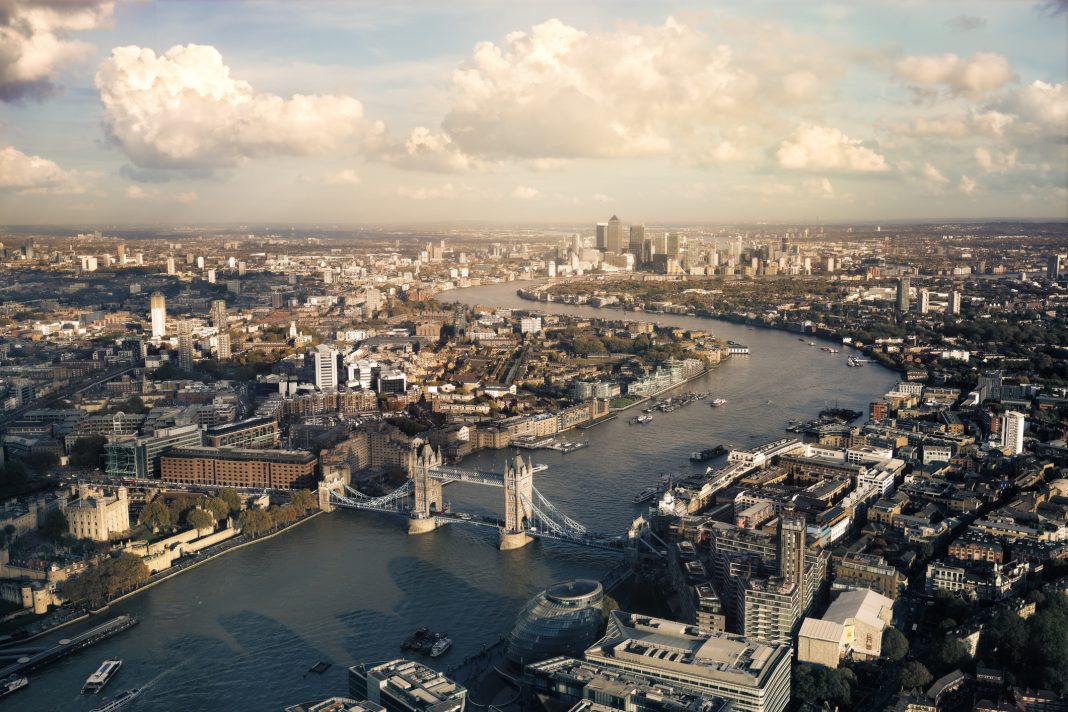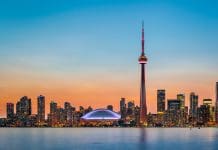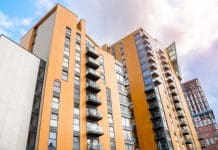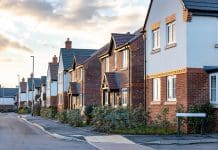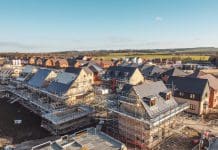Luke Sumnall, planner at Turley, discusses how coronavirus may lead to significant alterations in the emerging housing design guidance for London
In March this year, the Mayor of London Sadiq Khan published a pre-consultation draft of his new housing design guidance for London.
The Good Quality Homes for all Londoners Supplementary Planning Guidance (SPG) was designed to ensure land in the capital is used more effectively to deliver good quality homes for Londoners. Formal consultation is expected later this summer, after the draft London Plan has been adopted. However, since this pre-consultation process began, so much has changed.
Covid-19 has fundamentally altered the way people live and work in the short term but many of these behaviours will be carried forward in the medium term. This could significantly impact how homes will be built and inhabited in the future. As a result, the guidance will undoubtedly need to change.
Guidance outlined in the pre-Covid-19 draft SPG
In its current form, the new guidance aligns with the mayor’s ongoing campaign for high quality places through site optimisation as opposed to site maximisation. It emphasises the need to deliver the right quantity of new housing in the most appropriate places while still ensuring high quality design.
This is not limited to high-rise developments, with the guidance encouraging the carefully thought-out planning of mid- and lower-rise buildings too. It includes the provision of the Indicative Site Capacity Calculator, which reveals opportunities for additional housing while providing guidance on contextual considerations necessary to assess site capacity.
At the same time, it also advocates measuring the quality of small schemes in order to assess the opportunity for housing using design codes. This encourages boroughs to consider where smaller developments could substantially increase overall housing delivery.
The SPG also enforces the point that the housing crisis has reared its head during a global climate emergency. It outlines how future homes will be built to limit their environmental impact, following on from the new sustainable housing standards introduced by the Draft London Plan. This is aligned with London’s ambition to be a zero-carbon city by 2050, with many of London’s boroughs having already declared a climate emergency and a proposed local response.
The impact of Covid-19 on housing expectations
Since the publication of the pre-consultation draft of the SPG in March, London has changed significantly. Public wellbeing and social value are more important to future plans than ever, as the shared experience of living through the coronavirus pandemic has shaped our expectations for our homes and communities.
In many ways, the SPG is already aligned with what we know coming out of lockdown. It emphasises the importance of new homes being well-connected by sustainable transport modes and with access to social infrastructure and green space, for instance. Beyond simply making London a more picturesque place to live, green space has a significant impact on resident wellbeing through mental health benefits and facilitating exercise and socialising – two things that have become increasingly recognised as being valuable for people during the pandemic.
However, new issues have risen to the surface during lockdown in the ways that homes are designed and delivered. Lockdown restrictions have meant that people are spending significantly more time at home, leading the industry to consider whether we will see official guidance that formalises requirements for home office space, as solely office-based working is questioned by many.
While working patterns have changed, the role of the office has been brought into question. This could mean that co-working spaces in private rental developments may become more valued by residents who don’t want to travel into work every day but still want to maintain some social interaction when they are working from home. This would also reduce the need for designated working space in homes themselves. Future changes to the draft SPG should take this into consideration.
Increased minimum size standards for balconies and gardens may also come to the fore as outdoor space becomes more important than ever after the coronavirus lockdown. As businesses operate with strict social distancing measures in place, people may seek out homes with their own green space for socialising rather than spending time indoors with friends and family.
The pandemic has illustrated the fragility of the London public transport system. The mayor responded by unveiling the London Streetspace programme to rapidly transform London’s streets to accommodate a possible 10-fold increase in cycling as lockdown restrictions are eased. When assessed against the opportunity to positively respond to the current climate emergency, this is likely to see further consideration given to the provision of appropriate cycling facilities in new developments.
Fundamentally, however, the draft SPG may need to take into consideration social distancing measures within developments themselves. This could mean including more lifts and stairwells per number of units, in addition to mandating contactless doors and lifts.
Crucially, the draft as it stands does not offer any guidance on alternative high-density residential tenures, including purpose-built student accommodation or co-living developments. These schemes are set to become increasingly prevalent in city centres and will be closely considered by determining authorities in light of coronavirus. At the very least, plans will have to show greater consideration for shared external and internal amenity areas.
Where next?
There have been ongoing delays with the implementation of the draft London Plan, which has given the mayor more time to consider new measures that can be implemented in the next draft of the guidance, to reflect the Covid-19 outbreak and changes in living patterns that may follow.
Despite the delay to the implementation of the SPG, the added time that’s now available to the mayor should be seen as an opportunity to fine-tune the existing guidance and make improvements based on the challenges presented by the pandemic.
Social value and wellbeing should form an intrinsic part of property development, but in a new era in which our homes are more important than ever, these must be a foundational consideration throughout the planning and design process.
Luke Sumnall
Planner
Turley
+44 (0)20 7851 4010


